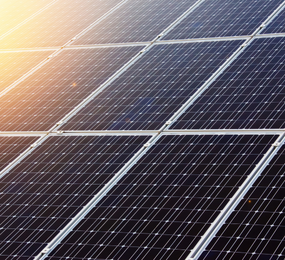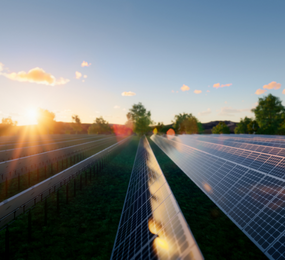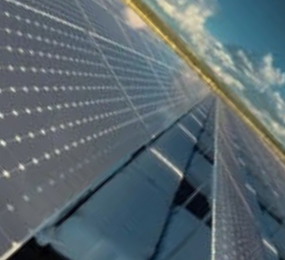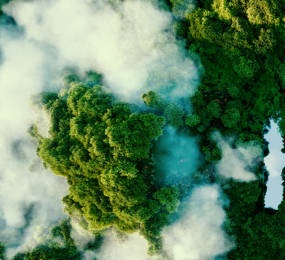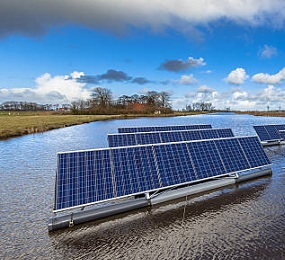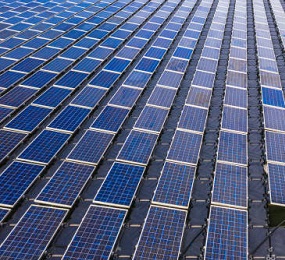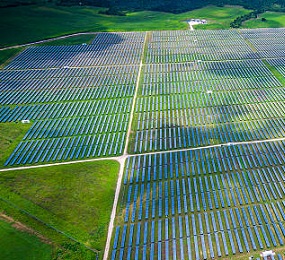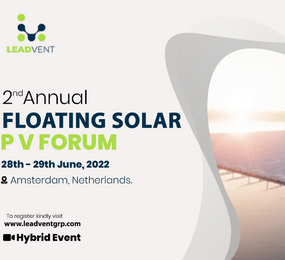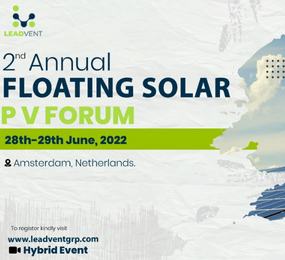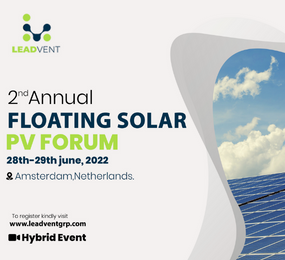Floating solar installations offer significant potential for renewable energy generation, but their integration with existing fisheries presents unique challenges. Balancing energy production with biodiversity conservation requires innovative strategies and collaborative approaches to ensure sustainable development.
Coexistence Strategies:
To achieve a balance between floating solar and fisheries, it is essential to implement strategies that minimize environmental impact while maximizing energy output. One approach is to design floating solar platforms that do not obstruct sunlight penetration, allowing aquatic vegetation to thrive and supporting the food chain essential for fish populations. Transparent or semi-transparent solar panels can be used to allow some sunlight to pass through, preserving the underwater ecosystem.
Adaptive Design and Placement:
The placement and design of floating solar installations play a crucial role in minimizing their impact on fisheries. Platforms should be strategically located in areas with minimal ecological sensitivity, avoiding critical habitats and breeding grounds. Moreover, modular and flexible designs can be employed to adapt to different water conditions and minimize disruption to aquatic life. By using adjustable anchoring systems, the floating solar platforms can be positioned to optimize energy production while preserving the natural habitat.
Environmental Monitoring and Management:
Continuous environmental monitoring is vital to ensure that floating solar installations do not adversely affect biodiversity. Implementing real-time monitoring systems can provide valuable data on water quality, fish populations, and ecosystem health. This information can be used to make informed decisions and adjust operations to mitigate any negative impacts. Additionally, incorporating fish-friendly structures and materials can enhance habitat complexity and support biodiversity within the installation area.
Collaborative Approaches:
Collaboration between stakeholders, including solar developers, fishery managers, environmental organizations, and local communities, is essential for the successful integration of floating solar and fisheries. Engaging with local communities and considering their needs and knowledge can lead to more effective and sustainable solutions. Participatory planning processes can help identify potential conflicts and develop strategies that benefit both energy production and biodiversity conservation.
Floating solar and fisheries can coexist through thoughtful design, strategic placement, and continuous monitoring. By balancing energy production with biodiversity conservation, floating solar installations can contribute to a sustainable energy future while preserving the ecological integrity of aquatic environments.
To register or learn more about the Forum please check here: https://www.leadventgrp.com/events/5th-annual-floating-solar-pv-forum/details
For more information and group participation, contact us: [email protected]


